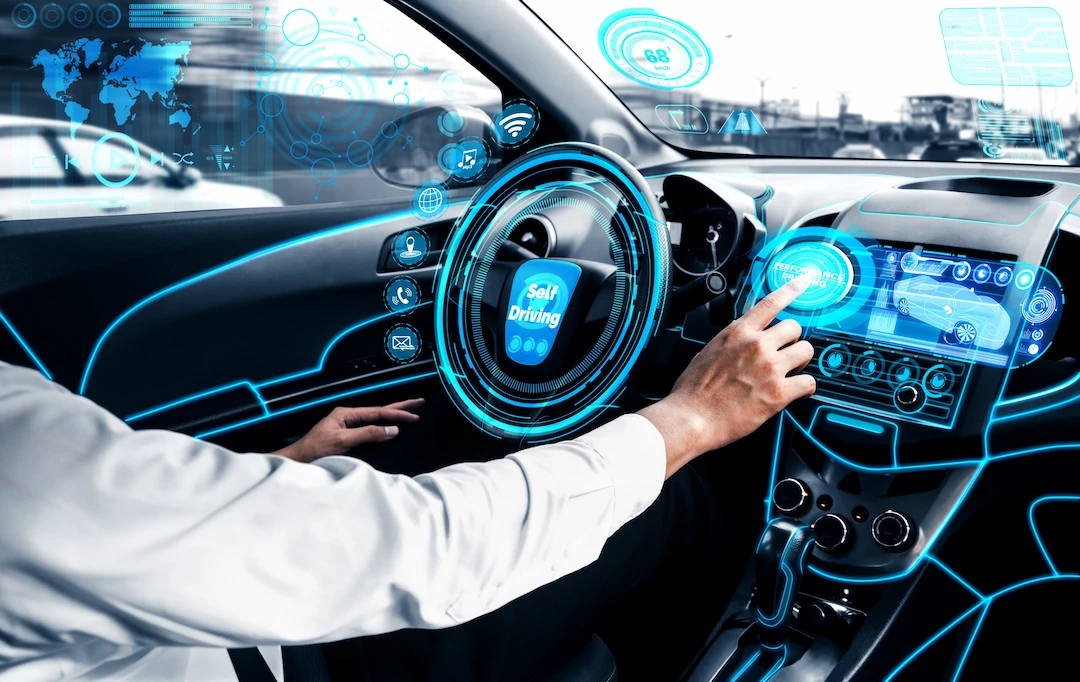The renowned electric vehicle manufacturer Tesla has been at the forefront of automotive innovation, particularly with its advanced Autopilot System. This cutting-edge technology has revolutionized the concept of autonomous driving, bringing us closer to a future where cars can navigate and operate with minimal human intervention. In a recent announcement, Tesla has shed light on the underlying technology that powers its Autopilot System, providing fascinating insights into its capabilities and potential impact on the automotive industry.
Vision-based Approach:
At the core of Tesla’s Autopilot System is a vision-based approach, leveraging a sophisticated network of cameras and sensors to perceive and interpret the surrounding environment. By capturing and analyzing real-time visual data, the system can identify objects, detect lane markings, and make informed decisions to navigate the road safely.
Neural Network and Deep Learning:
Tesla utilizes advanced neural networks and deep learning algorithms to process the vast amount of visual data. These artificial intelligence technologies enable the Autopilot System to continuously learn and improve its performance, enhancing its ability to accurately recognize and respond to various traffic scenarios.
Sensor Fusion:
Tesla’s Autopilot System combines data from multiple sources, including cameras, radar, and ultrasonic sensors, through a process called sensor fusion. By integrating information from different sensors, the system gains a comprehensive understanding of the surrounding environment, enhancing its perception and decision-making capabilities.
Real-time Mapping and Navigation:
The Autopilot System relies on high-precision maps and GPS data to enable precise positioning and navigation. By comparing real-time sensor data with pre-mapped information, the system can accurately determine the vehicle’s location, anticipate upcoming road conditions, and plan optimal routes.
Constant Over-The-Air Updates:
One of the key advantages of Tesla’s Autopilot System is its ability to receive regular over-the-air software updates. This feature allows Tesla to continually enhance and refine the system’s performance, introduce new features, and address any potential vulnerabilities, ensuring that Tesla owners benefit from the latest advancements and improvements.
Safety and Driver Monitoring:
Tesla places utmost importance on safety and driver attentiveness. The Autopilot System includes robust safety measures, such as driver monitoring systems that ensure the driver remains engaged and ready to take control when necessary. These measures serve as crucial safeguards, ensuring that the technology operates within safe limits and maintains a human-centric approach to autonomous driving.
Tesla’s unveiling of the technology powering their Autopilot System marks another significant milestone in the evolution of autonomous driving. Through a combination of vision-based approaches, advanced AI algorithms, sensor fusion, and real-time mapping, Tesla has developed an impressive system that brings us closer to a future of safer and more efficient transportation. As Tesla continues to innovate and refine its Autopilot System, the automotive industry is poised for a transformative shift, paving the way for a new era of autonomous mobility.









